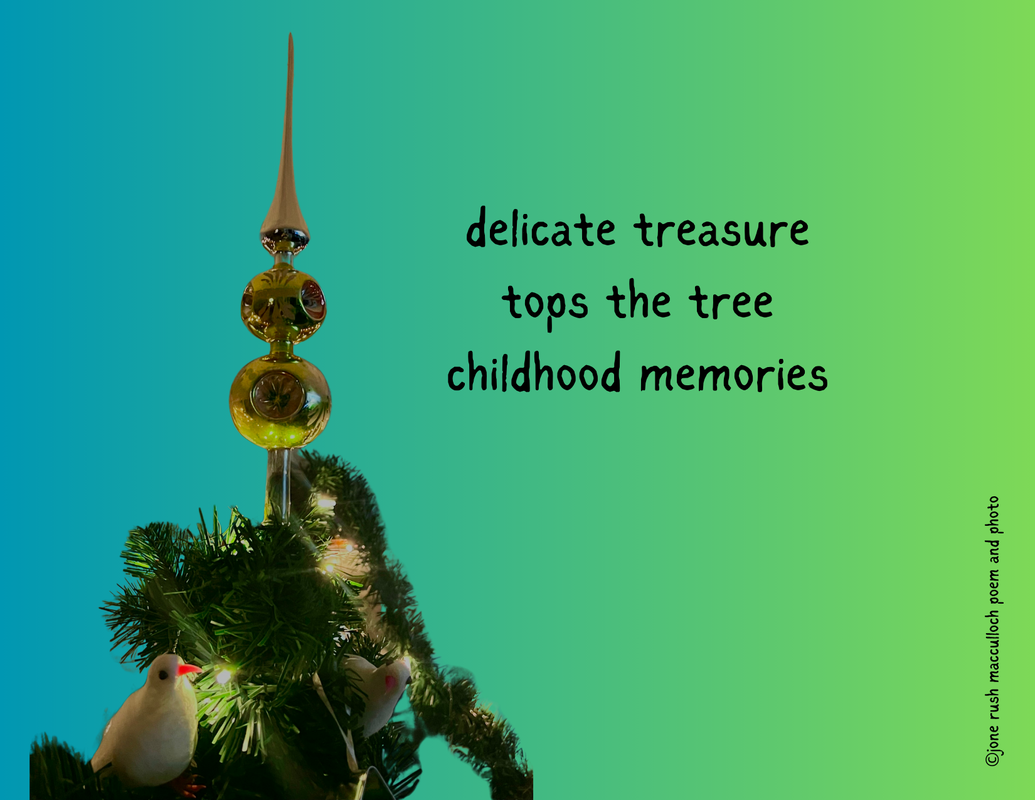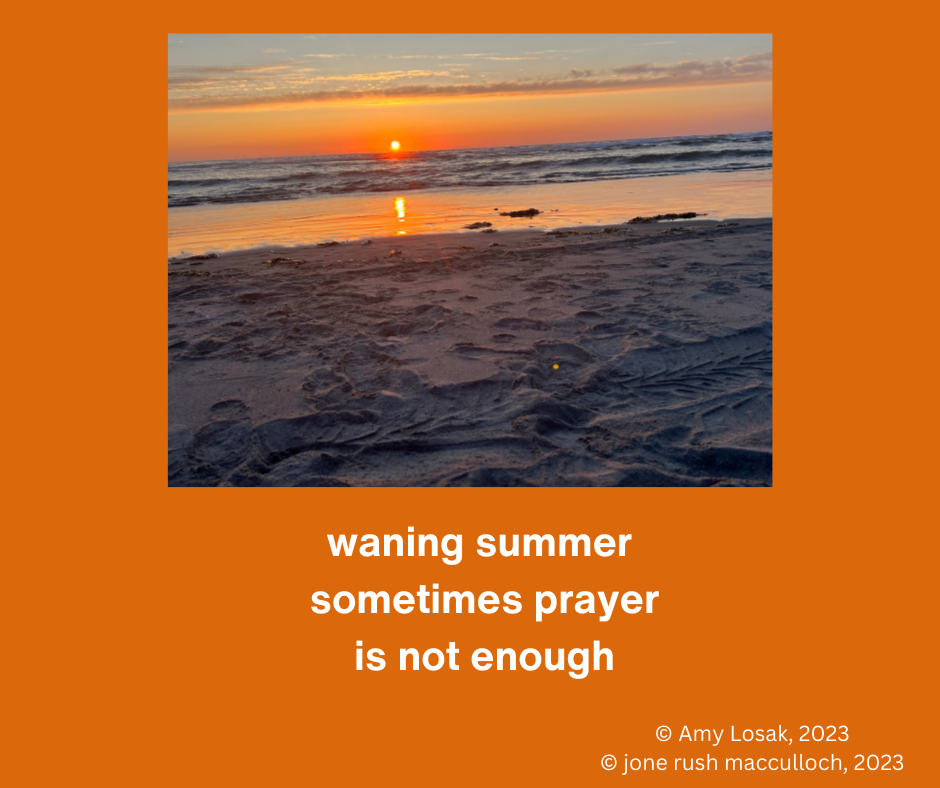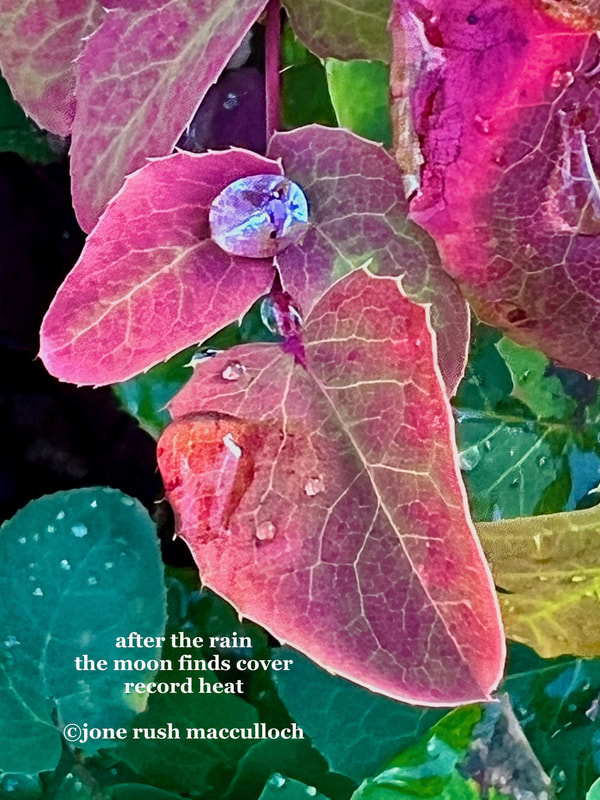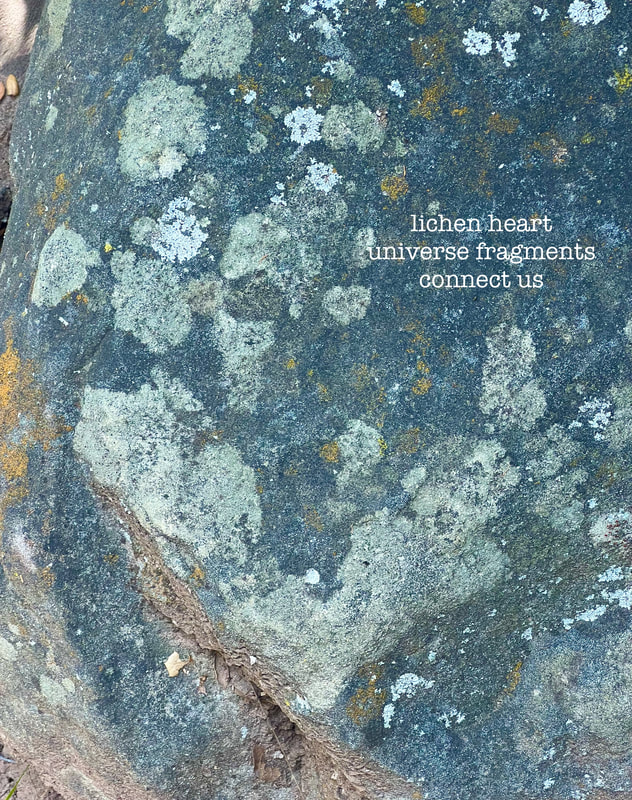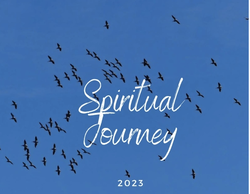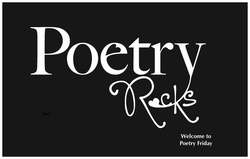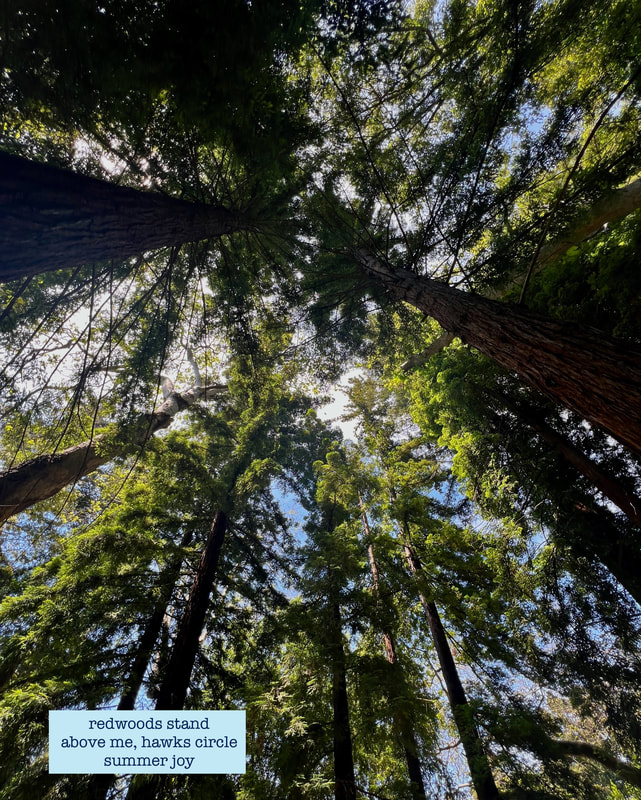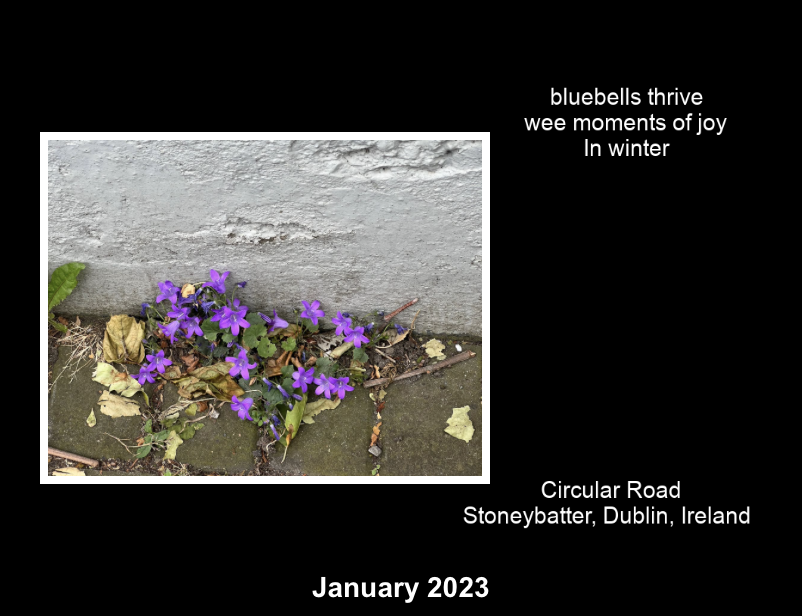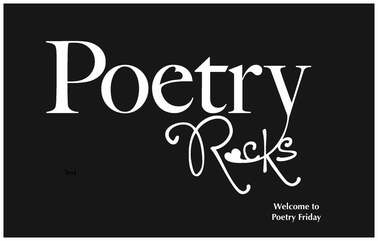 © graphic by Amber Fleek © graphic by Amber Fleek Marcie at Marcie Flinchum Atkins is hosting Poetry Friday this week. She's excited to announce that Wait, Rest, Pause: Dormancy in Nature is coming out in paperback. I am so excited for her. The Inklings issued a challenge for a "Wish You Here" postcard poem and the Poetry Sisters issued a haiku challenge of giving something away. My vacation poem came from walking to my car today. I was struck that just yesterday a friend sent me photos of their thistle garden and today I say this volunteer thistle. And the haiku photo is from several years ago. An abandoned couch by the river. Places and Portals: A Collection of Mixed Media Art and PhotographyFlowers, Moon and Crows: Showing at Cup of Tea
8 Comments
 ©graphic by Amber Fleek ©graphic by Amber Fleek Denise at Dare to Care is hosting Poetry Friday today. It's been a wild couple of weeks. June started with a grand girl graduation, my art being hung, finding out my dear friend and former assistant is going on palliative care due to an aggressive but noncancerous brain tumor and recovering from a cyst removal of my right foot. Oh and did I mention that one car was totaled (no one hurt). Yesterday, I had a respite with a friend to the Leach Botanical Garden and snapped this photo of the Star of Persia. It spoke to me of now.  My photos and art are hanging. I am working on showing it here on my Mixed Media Art page soon. I had planned to have it done but I've also been trying to live "Carpe Diem". Hopefully by next week. Finally, of late the phrases I heard others say: "Live and play like No Tomorrow", "Today is All We Have", and one of my favorites, "Carpe Diem." Embrace those who are close and loved, spread kindness.
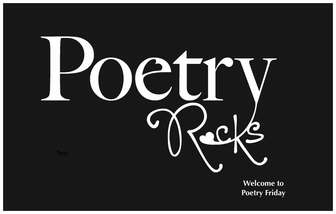 © Amber Fleek, Graphic © Amber Fleek, Graphic
Janice at Salt City Verse has the hosting duties today. She's reflecting on the Christmas holiday and shares a haiku.
 circa, 1958 My brother, Jon and me circa, 1958 My brother, Jon and me
I was recently asked about how I decorate for the holidays. I have sections: a tabletop dedicated to two trees Mom made, a snowman table that stays up through January, the Nativity from my husband's childhood, and our little table top Christmas tree.
I put decorations up starting something in November as I feel moved. During childhood, though, it was different. We always had a real Christmas tree. However, my brother and I never saw the tree until Christmas morning. It was a gift from Santa along with the presents. Fully decorated, complete with tinsel. Shimmering and beautiful and magical. I never understood how Santa carried the presents and the trees. Fast forward to 1963, we'd moved to Simi Valley, a place where the Santa Ana winds roared a lot. The trees would be scrawny and in 1963, our tree brought unexcited visitors...flies . Yes, it hatched flies. And that was the end of real trees. The next year, 1964, began the tradition of the tree up early with a bright shiny and ALL new baubles adorning the branches. My parents threw away ALL the antique ornaments that magically appeared on Christmas Day. The only survivor of the family ornaments is the tree topper that is on my tree, Fragile and magical and a memory of childhood. Last Call for New Year Poetry Postcards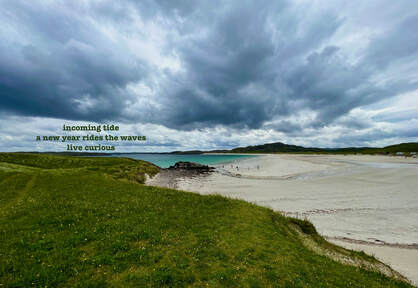
It's 16 days until the new year! And that means time to start thinking of sending New Year Post Cards! Our little group is at 16 and we'd love for you to join us! I will be sending out the groups by December 22, 2023.
Send five, send ten or send to all? In Japan, it’s called Nengajo, a Japanese custom of ushering in the new year.How It Works:
The Party is Here Next Week? Do You Have a Childhood of Winter or the Holidays to Share?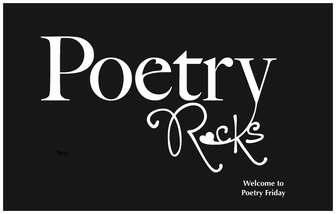
Patricia at Reverie has us thinking a tad bit as to what we might include in a letter to Santa. It makes me think of that wonderful song, "Grown Up Christmas List" written by David Foster and Linda Thompson.
The last stanza is so, so fitting: No more lives torn apart That wars would never start And time would heal all hearts And everyone would have a friend And right would always win And love would never end, no This is my grown up Christmas list This is my only lifelong wish This is my grown up Christmas list
Last week, I shared Amy Losak's haiku in the later HSA Members' Anthology. Today I have a back story about my haiku which actually began as this poem for Laura Shovan's 2023 February Poetry Project. Her theme was story and this poem was a response to Marilyn R. Garcia sharing a photo of a family quilt and this prompt: Today let’s think about old objects that hold stories. What is the oldest object in your home? Why do you have it? How did you get it? Do you actually use it and how? Who will get it when you have crossed the rainbow bridge and why?
Great Grandmother’s Quilt My great grandmother’s quilt hangs in my bedroom Reminding me of the generational creative bonds Each fabric piece tells a story, threads stitching the collection together My great grandmother sewed perfect circles My drawn circles aren’t as perfect but she has a message My great grandmother’s quilt hangs in my bedroom For fun, she hid spectacles as embroidery on the quilt I still haven’t found them. I keep looking. Reminding me of the generational creative bonds Which fabrics were dresses, which were aprons I do my quilting with words and papers Each fabric piece tells a story, threads stitching the collection together © 2023, Jone Rush MacCulloch When the HSA Members' Anthology put the call for haiku for the theme, elements, the quilt came to mind . It was one of five haiku I submitted. Essentially I sent in a found haiku from the above poem. (PS. It is obvious that I sort of staged this quilt photo! LOL! This quilt was made in the 1800s.There is another single quilt square hanging there) You Made it to the Invitation!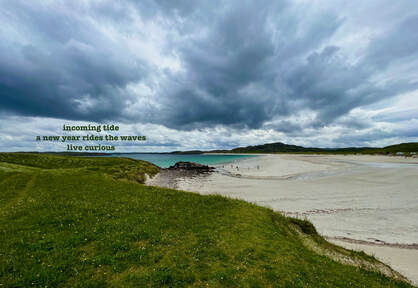
It's 25 days until the new year! And that means time to start thinking of sending New Year Post Cards! Our little group is at 14 and we'd love for you to join us!
Send five, send ten or send to all? In Japan, it’s called Nengajo, a Japanese custom of ushering in the new year.How It Works:
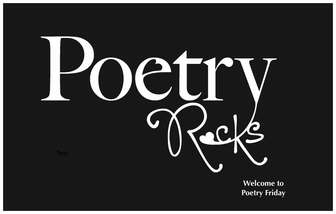
Anastasia at Small Poems is hosting us today for the first Friday of December. She's asking the question "What is Story?" and reflecting on her first acceptance letter for something she wrote.
This week my copy of Fractured Cattails, the Haiku Society of America Member Anthology arrived. The theme for the book was elements. It was a joy to see other Poetry Friday Community members, Marcie Flinchum Atkins and Robyn Hood Black share the pages with me. Also sharing the pages was Amy Losak, author of H is for Haiku and Wing Strokes Haiku. Both books feature the haiku of her mother. I reached out to Amy and asked to share her haiku. Amy's haiku is so perfect for this moment. Granted we are into a waning autumn but still prayers don't seem enough. I will share my haiku that's in the anthology next week. next week. Join Us, You're Invited!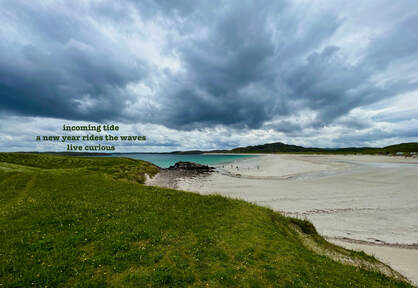
It's 31 days until the new year! And that means time to start thinking of sending New Year Post Cards!
Send five, send ten or send to all? In Japan, it’s called Nengajo, a Japanese custom of ushering in the new year.How It Works:
 © Graphic by Amber Fleek © Graphic by Amber Fleek Poetry Friday with at Ramona at Pleasures From the Page. She has had quite the summer with moving! Today, I share a photo and haiku that I posted this week because it seems to capture the end of August and beginning of September. The photo was taken last Sunday when I was at the Portland Japanese Garden. The Sealey Challenge
 © Graphic by Amber Fleek © Graphic by Amber Fleek Molly at Nix the Comfort Zone has a bouquet of haiku beside hosting duties this week. 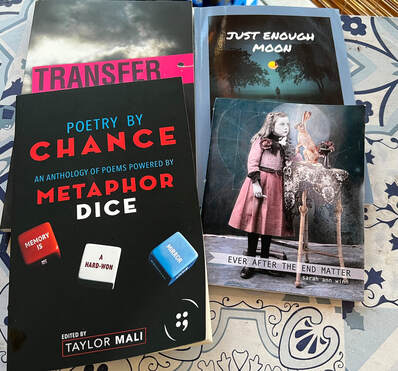 Sealey Challenge Update I have been a bit slow with the challenge. These were the books I read last week. This week have also read:
 © Graphic by Amber Fleek © Graphic by Amber Fleek Linda at A Word Edgewise is hosting Poetry Friday this week. She has a new thought about poetry this week: "cluster poems." They are based on a visit to a museum with college friends. Today I have another photo haiku from my recent trip to SoCal. This was a rock at the Santa Barbara Botanical Garden. I'm on vacation and I am popping in with a couple of photo haikus from our trip to my old stomping grounds, On Friday,I met up with some of my high school pals. We missed our 50th reunion due to Covid in 2020. On Sunday, I discovered this circular redwood grove at Santa Barbara Botanical Garden on Sunday. Spiritual Journey Thursday's host, Carol Varsalona. Marcie at Marcie Flinchum Atkins is hosting Poetry Friday.
|
AuthorAll photos and poems in these blog posts are copyrighted to Jone Rush MacCulloch 2006- Present. Please do not copy, reprint or reproduce without written permission from me. Categories
All
Archives
July 2024
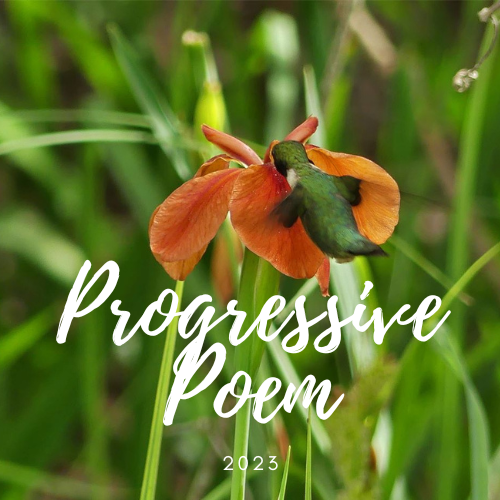
2023 Progressive Poem
April 1 Mary Lee Hahn, Another Year of Reading April 2 Heidi Mordhorst, My Juicy Little Universe April 3 Tabatha, The Opposite of Indifference April 4 Buffy Silverman April 5 Rose Cappelli, Imagine the Possibilities April 6 Donna Smith, Mainely Write April 7 Margaret Simon, Reflections on the Teche April 8 Leigh Anne, A Day in the Life April 9 Linda Mitchell, A Word Edgewise April 10 Denise Krebs, Dare to Care April 11 Emma Roller, Penguins and Poems April 12 Dave Roller, Leap Of Dave April 13 Irene Latham Live You Poem April 14 Janice Scully, Salt City Verse April 15 Jone Rush MacCulloch April 16 Linda Baie, TeacherDance April 17 Carol Varsalona, Beyond Literacy Link April 18 Marcie Atkins April 19 Carol Labuzzetta at The Apples in My Orchard April 20 Cathy Hutter, Poeturescapes April 21 Sarah Grace Tuttle, Sarah Grace Tuttle’s Blog, April 22 Marilyn Garcia April 23 Catherine, Reading to the Core April 24 Janet Fagal, hosted by Tabatha, The Opposite of Indifference April 25 Ruth, There is no Such Thing as a God-Forsaken Town April 26 Patricia J. Franz, Reverie April 27 Theresa Gaughan, Theresa’s Teaching Tidbits April 28 Karin Fisher-Golton, Still in Awe Blog April 29 Karen Eastlund, Karen’s Got a Blog April 30 Michelle Kogan Illustration, Painting, and Writing |



